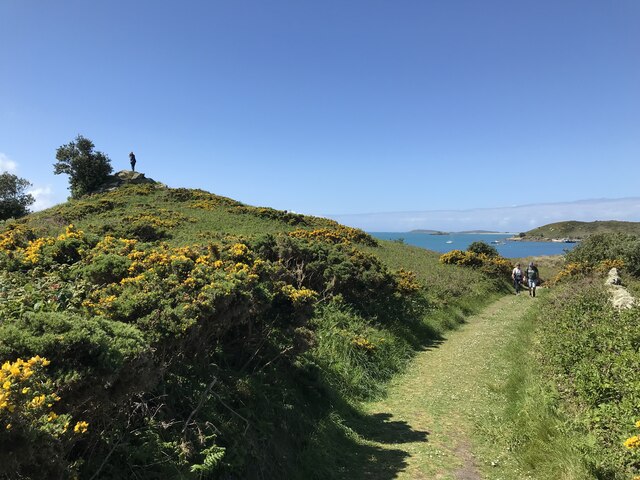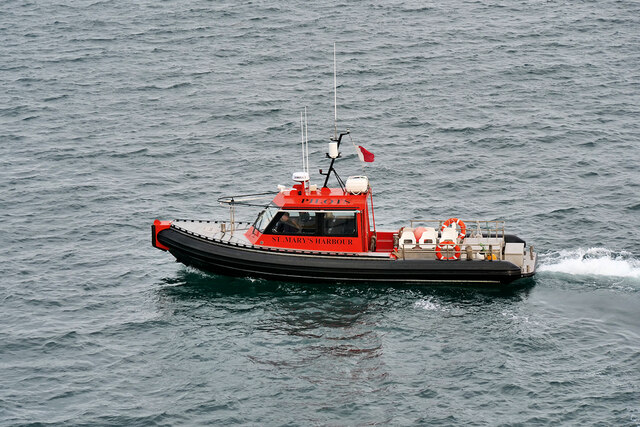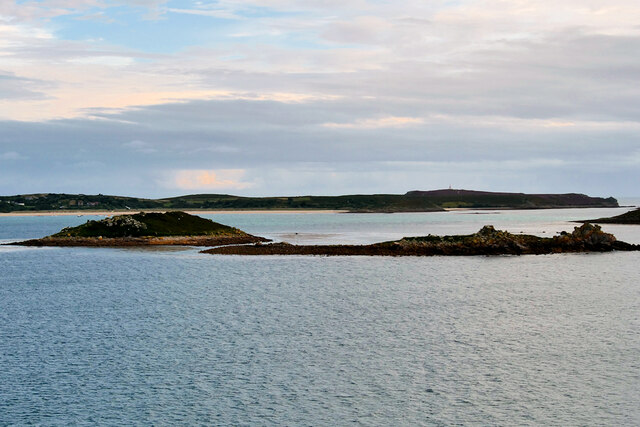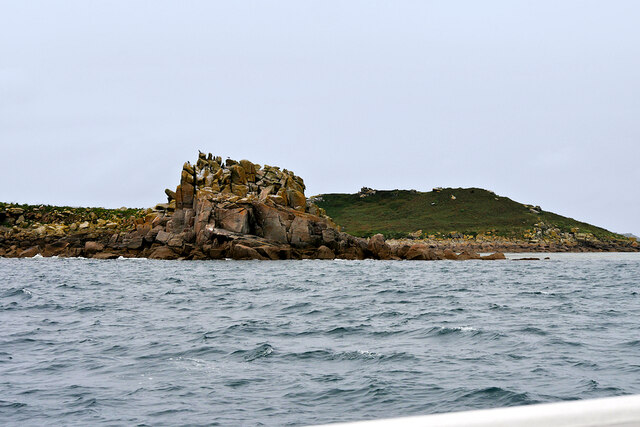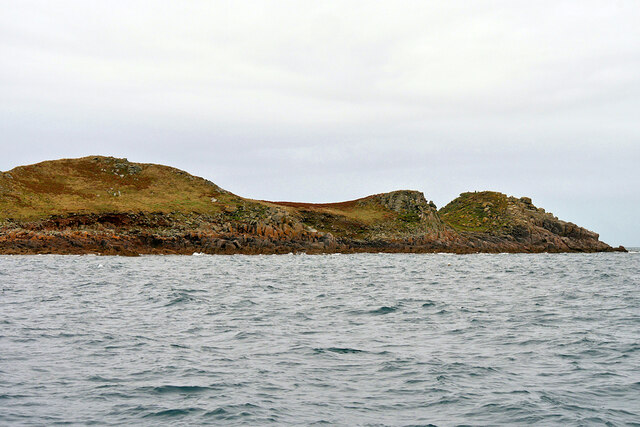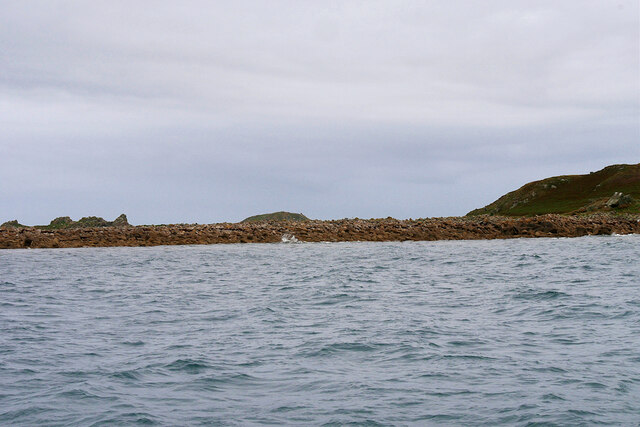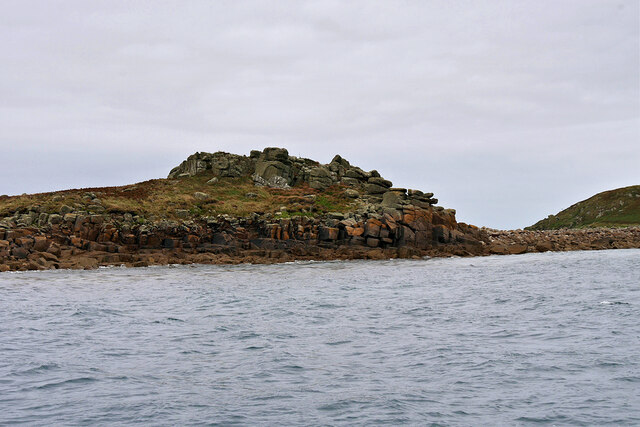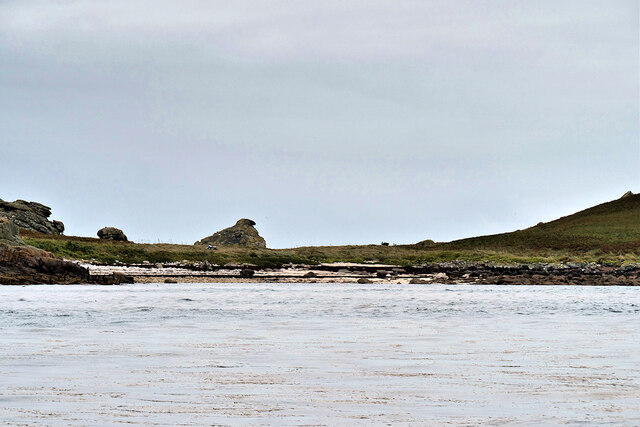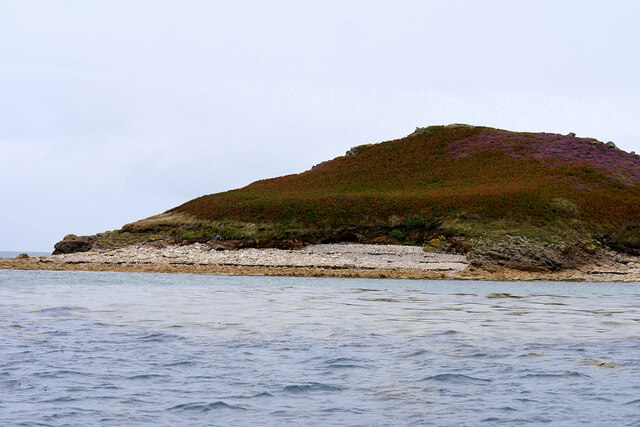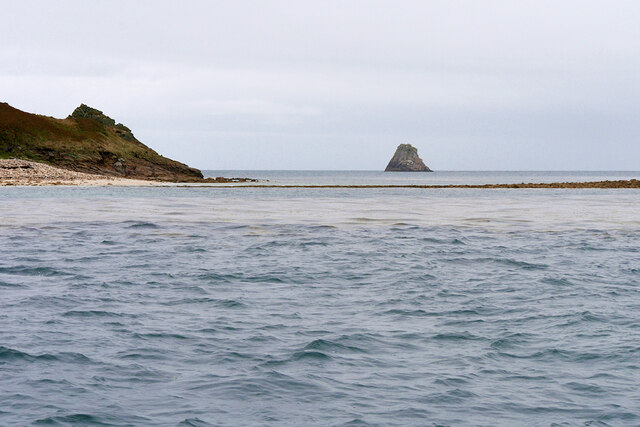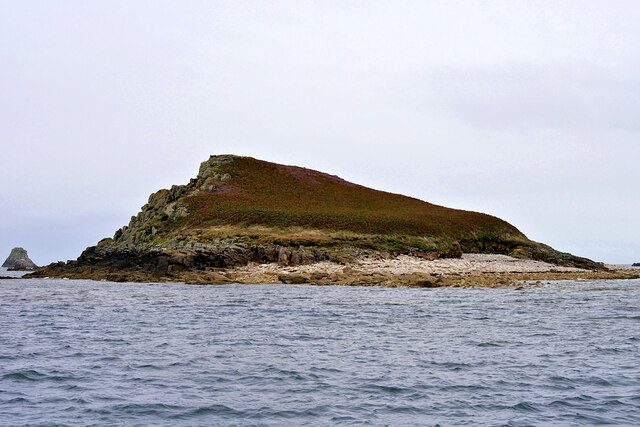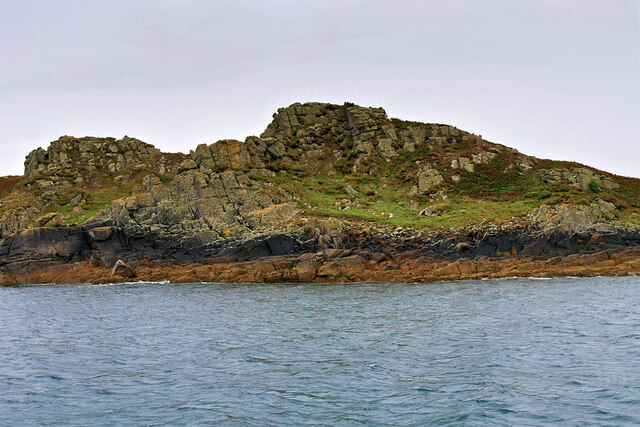Eastern Isles
Island Group in Cornwall
England
Eastern Isles
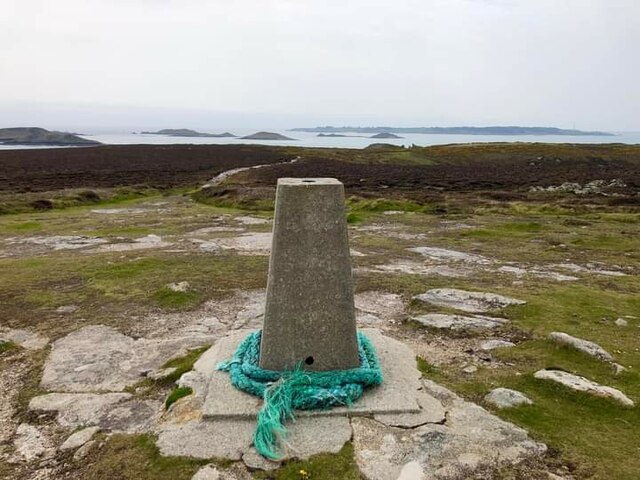
Eastern Isles is a group of small islands located off the coast of Cornwall, England. Comprising of five islands, namely Great Ganilly, Little Ganilly, Great Arthur, Little Arthur, and St. Helen's, this archipelago is a popular destination for nature lovers and wildlife enthusiasts.
The largest island, Great Ganilly, boasts stunning sandy beaches and rugged cliffs, offering visitors breathtaking views of the Atlantic Ocean. Little Ganilly, located just south of Great Ganilly, is a haven for birdwatchers, as it is home to various species of seabirds, including puffins, guillemots, and razorbills.
Great Arthur and Little Arthur, the two smallest islands, are privately owned and not accessible to the public. However, they are known for their historical significance, with remnants of ancient settlements and Bronze Age burial sites.
St. Helen's, the easternmost island of the group, is renowned for its diverse wildlife and rich marine ecosystem. The waters surrounding St. Helen's are a designated Marine Conservation Zone, providing protection for the numerous species of fish, seals, and dolphins that inhabit the area.
Access to the Eastern Isles is primarily by boat, with regular ferry services operating from nearby St. Mary's Island. Visitors can explore the islands on foot, taking in the picturesque landscapes and enjoying the tranquility of this remote location. It is important to note that certain areas of the islands may be restricted during bird nesting seasons to protect the local wildlife.
In conclusion, Eastern Isles in Cornwall offers a unique opportunity to experience the beauty of untouched nature, observe a variety of wildlife, and immerse oneself in the rich history of the region.
If you have any feedback on the listing, please let us know in the comments section below.
Eastern Isles Images
Images are sourced within 2km of 49.949788/-6.2581016 or Grid Reference SV9414. Thanks to Geograph Open Source API. All images are credited.
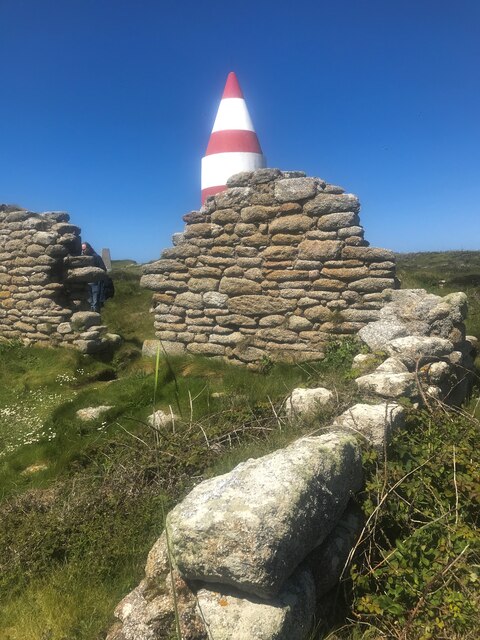
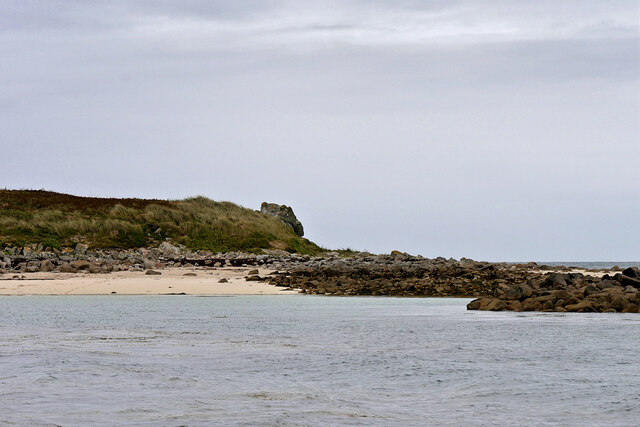
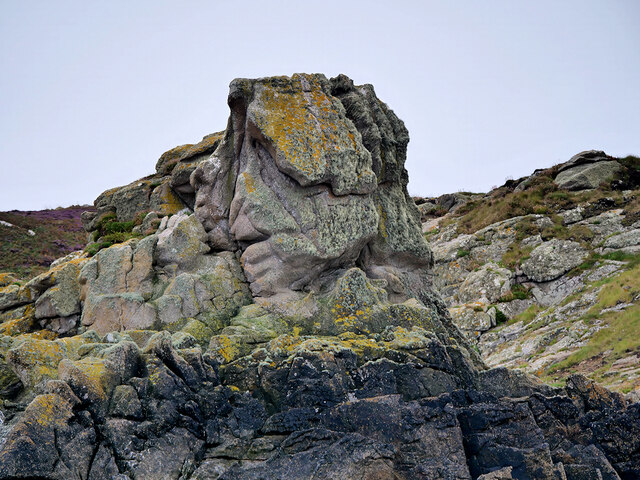
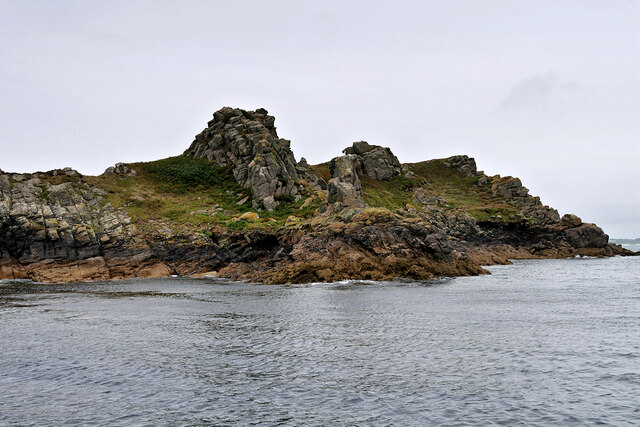
Eastern Isles is located at Grid Ref: SV9414 (Lat: 49.949788, Lng: -6.2581016)
Division: Isles of Scilly
Unitary Authority: Isles of Scilly
Police Authority: Devon and Cornwall
What 3 Words
///regulates.fermented.petrified. Near St Martin's, Isles of Scilly
Nearby Locations
Related Wikis
Great Ganilly
Great Ganilly ( gə-NIL-ee; Cornish: Goonhyli Veur, lit. 'great saltwater downs') is one of the Eastern Isles of the Isles of Scilly. It has a maximum total...
Eastern Isles
The Eastern Isles (Cornish: Enesow Goonhyli, islands of the salt water downs) are a group of twelve small uninhabited islands within the Isles of Scilly...
PS Earl of Arran (1860)
PS Earl of Arran was a passenger vessel operated by the Ardrossan Steamboat Company from 1860 to 1871 and the West Cornwall Steam Ship Company from 1871...
Wheel Wreck
The Wheel Wreck is the remains of a shipwreck lying in Crow sound off Little Ganinick in the Isles of Scilly. The wreck site consists of a discrete mound...
Nearby Amenities
Located within 500m of 49.949788,-6.2581016Have you been to Eastern Isles?
Leave your review of Eastern Isles below (or comments, questions and feedback).
